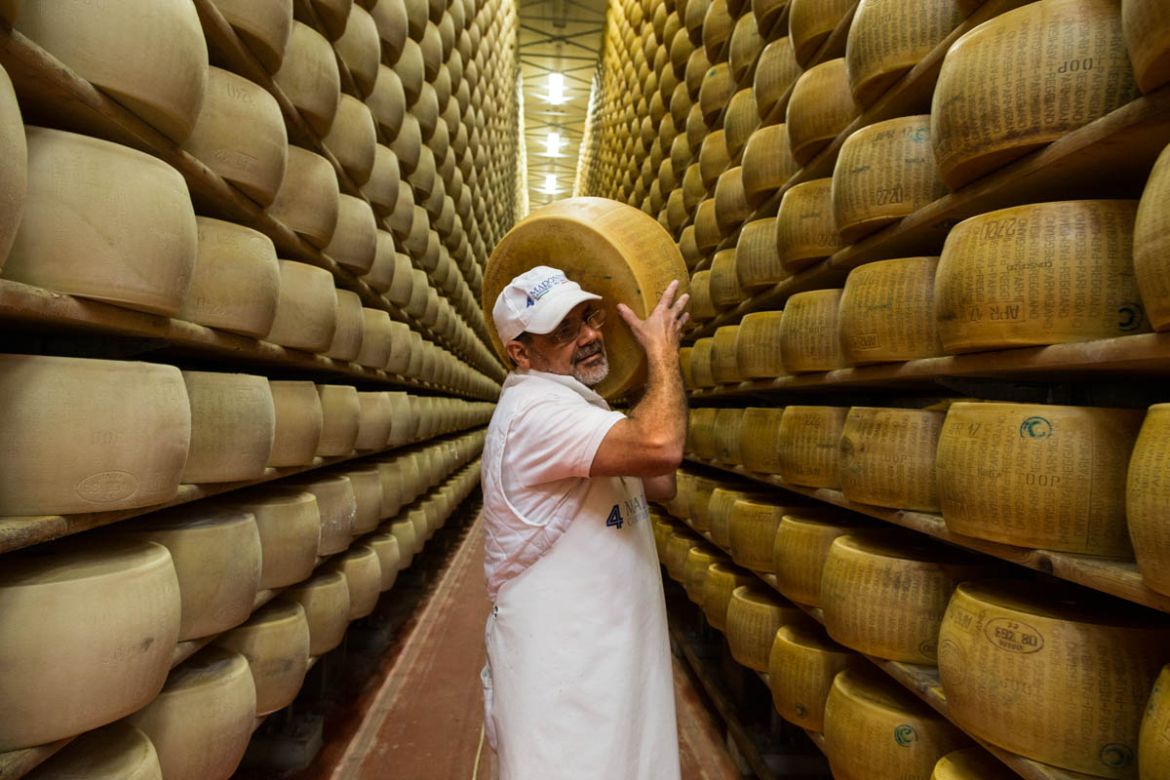Behind the Scenes with Cheese Makers Melbourne: Featuring Floridia Cheese
Behind the Scenes with Cheese Makers Melbourne: Featuring Floridia Cheese
Blog Article
Opening the Secrets of Artisanal Cheese Making: A Detailed DIY Overview
In the realm of culinary craftsmanship, artisanal cheese making stands as a testimony to the fragile equilibrium between custom and technology. Each action in the procedure, from choosing the right milk to improving aging techniques, holds within it a wealth of understanding passed down via generations. As we start this trip to demystify the art of developing charming cheeses, we are encountered with a tapestry of tricks and abilities waiting to be untangled. Join us as we discover the ins and outs of this ancient craft, where scientific research, art, and perseverance converge to generate tastes that entice the senses.
Selecting the Right Milk
When getting started on the trip of artisanal cheese production, the option of milk plays a critical function in establishing the high quality and attributes of the last product. The kind of milk selected influences the taste, structure, and overall account of the cheese.
Furthermore, the resource of the milk, whether from cows, goats, lamb, or buffalo, adds unique tastes and features to the cheese. Each type of milk brings its own nuances, allowing for a wide range of cheese selections to be crafted based on the selected milk.
Culturing and Coagulating
To initiate the cheese-making process, the critical actions of culturing and coagulating need to be very carefully carried out to transform milk into curds and whey. Culturing entails introducing valuable microorganisms to the milk, which then begins the fermentation process. These bacteria transform lactose (milk sugar) right into lactic acid, creating the acidic atmosphere needed for coagulation. The kind of society utilized can considerably affect the taste, structure, and ripening of the last cheese item.

The timing and temperature control during culturing and coagulation are critical elements that affect the final end result of the cheese. Correct execution of these steps is vital to make sure the wanted appearance, flavor, and consistency of the artisanal cheese being created.
Draining and Pushing Curds
After the milk proteins have coagulated and the curds have actually been reduced to release whey, the following critical step in artisanal cheese making involves draining and pushing the curds to attain the preferred appearance and uniformity of the final cheese product. The time for draining pipes can differ depending on the kind of cheese being made and the wanted moisture material.
As soon as the curds have sufficiently drained, the following action is pushing. Pressing aids expel any type of staying whey and compacts the curds to create a strong cheese wheel. Pressing can be done making use of specialized cheese presses that use constant and gentle pressure over a time period. The period and pressure applied throughout pushing will affect the final appearance of the cheese, from luscious and soft to hard and firm. Proper draining pipes and pressing are important actions that considerably affect the high quality and characteristics of the artisanal cheese being created.
Aging and Flavoring Strategies
Executing thorough aging and flavoring strategies is critical in improving the deepness and intricacy of artisanal cheeses, boosting their taste accounts to exquisite degrees of refinement and refinement. Aging plays a crucial role in developing the unique tastes useful source and structures that differentiate artisanal cheeses.
Flavoring methods also add substantially to the final preference of artisanal cheeses. Cheesemakers might select to present additional tastes by incorporating components such as herbs, spices, or perhaps fruits into celebrity during the manufacturing procedure. Additionally, some cheeses are cleaned or scrubed with various fluids, such as salt water or alcohol, to enhance their appearances and flavors.
Covering and Saving Cheeses

Verdict
Finally, mastering the art of artisanal cheese making involves carefully picking the appropriate milk, following accurate culturing and coagulating processes, draining pipes and pressing curds properly, and utilizing numerous aging and flavoring strategies. By following these actions faithfully and with attention to detail, you can develop your very own delicious visit the website and one-of-a-kind cheeses at home. Keep in mind to cover and keep your cheeses appropriately to make certain optimum taste and appearance growth. Pleased cheese making!
Each kind of milk brings its own nuances, enabling for a vast variety of cheese ranges to be crafted based on the picked milk.After the milk healthy proteins have actually coagulated and the curds have actually been reduced to release whey, the following essential step in artisanal cheese making involves draining and pressing the curds to accomplish the wanted texture and uniformity of the last cheese item. A lot of cheeses must be wrapped in wax paper or cheese paper to permit them to breathe while shielding them from drying out. For cheeses that require to proceed aging, such as bloomy skins or washed skins, guarantee they are stored in a trendy environment like a cheese cavern or a fridge established to the ideal temperature. By paying interest to the wrapping and storage space of artisanal cheeses, cheese manufacturers and fanatics can preserve the stability of these delicacies and completely enjoy their complex flavors.
Report this page